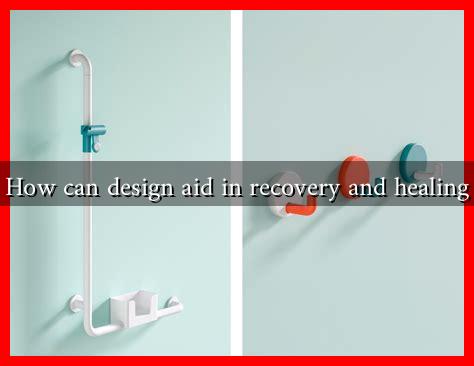-
Table of Contents
How Can Design Aid in Recovery and Healing?
Design is often perceived as a tool for aesthetics, but its impact extends far beyond mere visual appeal. In the realms of healthcare, mental wellness, and rehabilitation, thoughtful design can significantly enhance recovery and healing processes. This article explores how design can facilitate healing through environments, products, and experiences that promote well-being.
The Healing Power of Environment
The physical environment plays a crucial role in recovery. Research has shown that well-designed spaces can reduce stress, promote relaxation, and even speed up healing. Here are some key elements of environmental design that contribute to recovery:
- Natural Light: Exposure to natural light has been linked to improved mood and reduced anxiety. Hospitals that incorporate large windows and skylights can create a more uplifting atmosphere for patients.
- Nature Integration: Biophilic design, which incorporates natural elements into built environments, has been shown to lower blood pressure and enhance emotional well-being. For instance, the use of indoor plants and water features can create a calming effect.
- Color Psychology: Colors can evoke specific emotions. Soft blues and greens are often used in healthcare settings to promote tranquility, while warmer colors can stimulate energy and creativity.
For example, the Cleveland Clinic redesigned its patient rooms to include more natural light and calming colors, resulting in a reported decrease in patient anxiety levels and an increase in satisfaction scores.
Designing for Mental Health
Mental health recovery is another area where design plays a pivotal role. Spaces that are thoughtfully designed can foster a sense of safety and community, which is essential for healing. Here are some design strategies that support mental health:
- Flexible Spaces: Creating adaptable environments allows individuals to choose how they engage with their surroundings, whether through quiet reflection or social interaction.
- Art and Expression: Incorporating art into therapeutic spaces can provide an outlet for expression and reflection. Art therapy has been shown to reduce symptoms of anxiety and depression.
- Community Areas: Designing communal spaces encourages social interaction, which is vital for mental health. Group activities can foster connections and reduce feelings of isolation.
A case study from the University of California, San Francisco highlights how the design of their mental health facilities emphasizes natural light, open spaces, and art installations, leading to improved patient outcomes and satisfaction.
Product Design for Healing
Beyond environments, product design also plays a significant role in recovery. From medical devices to therapeutic tools, thoughtful design can enhance usability and comfort. Key considerations include:
- Ergonomics: Products designed with the user’s comfort in mind can reduce physical strain and promote better recovery. For example, ergonomic wheelchairs and hospital beds can significantly improve patient comfort.
- Accessibility: Ensuring that products are accessible to all individuals, including those with disabilities, is crucial. This includes designing tools that are easy to use for people with limited mobility.
- Technology Integration: Wearable health technology can empower patients to take an active role in their recovery. Devices that monitor vital signs or provide reminders for medication can enhance adherence to treatment plans.
For instance, the rise of wearable health technology has transformed how patients manage their health, providing real-time data that can lead to more personalized care.
Conclusion
Design is a powerful tool that can significantly aid in recovery and healing across various domains. By creating environments that promote well-being, designing products that enhance usability, and fostering community through thoughtful spaces, we can facilitate better health outcomes. As we continue to explore the intersection of design and health, it is essential to prioritize user experience and emotional well-being in all aspects of design. The integration of these principles not only enhances recovery but also enriches the overall quality of life for individuals on their healing journeys.

